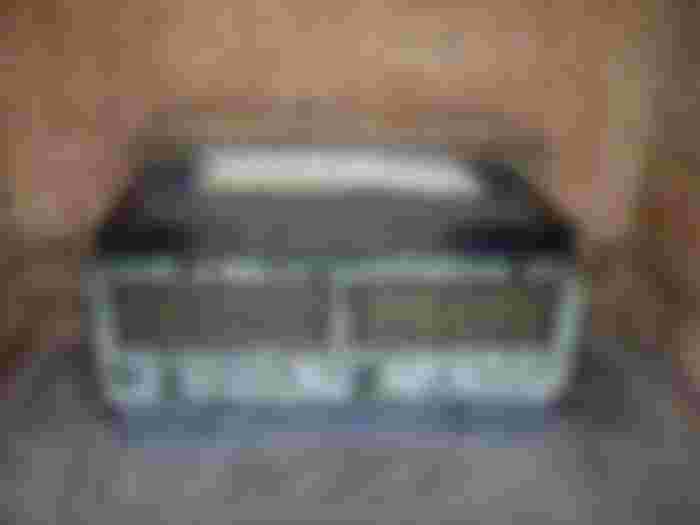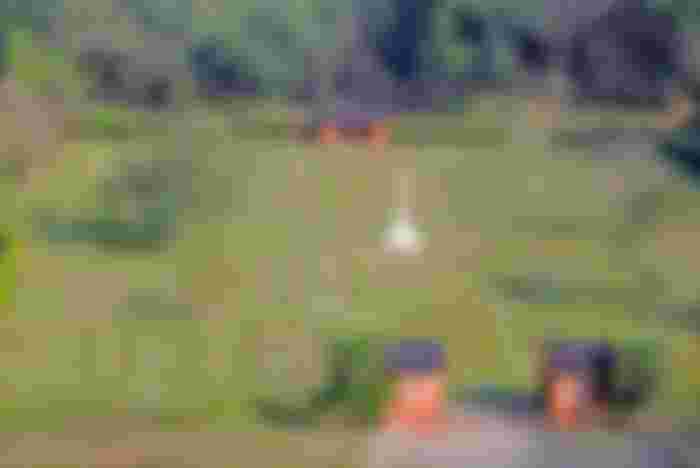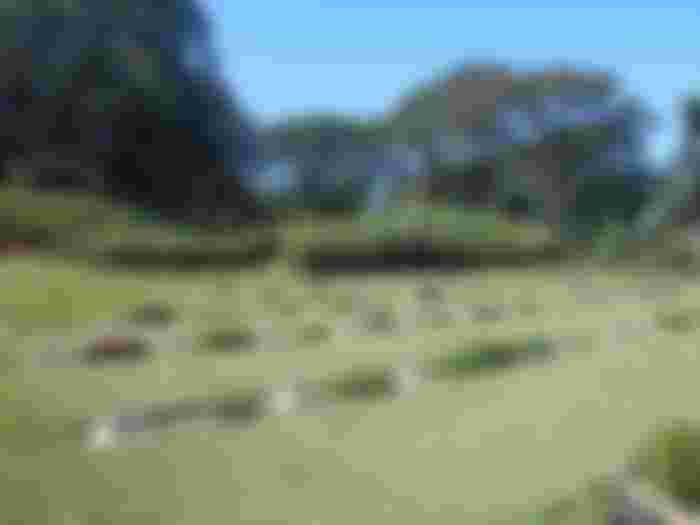There is no end to our curiosity about World War II. Why not? This is a war that changed the landscape of the whole world. In fact, the scope of the story of the Second World War is very wide. It is difficult to read a little or tell the end of this history. Today I am not going to discuss World War II. But I am going to focus on two places that have been silent witnesses to this history for many years.
Bangladesh was then under British rule. In honor of the many soldiers killed in the war of that time, a number of cemeteries were built in and around Bangladesh under the British troops which is known as ‘War Cemetery’. There are two war cemeteries at Mainamati in Chittagong and Comilla in Bangladesh. The two cemeteries are maintained and maintained under the management of the Bangladesh branch of the Commonwealth Graves Commission. The organization is funded by Commonwealth countries.

Chittagong War Cemetery
The War Cemetery is located at 19 Badsha Mia Chowdhury Road, Mehedibagh, Chittagong, a commercial area of Bangladesh. The tomb is located on the south-west corner of the Chittagong Medical College, near the Institute of Fine Arts on Chatteswari Road and on a somewhat sloping and somewhat flat land on a hilly road near Finlay Guest House. The cemetery is surrounded by lush greenery. The greenery and the solitary tranquil environment can remind anyone of Anabil.

Let us now enter the inner part of the War Cemetery, where as soon as we enter through the main door, we see a magnificent cross-marked altar in the middle of the tomb. There is a 'memorial book' in a room on the south side. During the Second World War, six and a half thousand sailors died in the merchant navy whose bodies were never found. Their names and surnames are preserved in this memorial book. In another register in the next room, the names, titles and brief introductions of 755 soldiers are beautifully described.

Due to the training of the army during the war and the facilities of the British General Hospital No. 152, the Allied forces of the Second World War set up a camp of the Fourteenth Army in Chittagong. The hospital was active from December 1944 to October 1945. At that time, a large number of soldiers in the camp were sent home wounded. And in honor of those who lost their lives in the war, a group of British soldiers erected the tomb shortly after the end of World War II.

Initially, it was possible to bury about 400 bodies in this tomb under the supervision of the army. At the end of the war, additional bodies were shifted from Lusai, Dhaka, Khulna, Jessore, Cox's Bazar, Dhoya Palang, Dohazari, Rangamati, Patia and other temporary cemeteries to this cemetery. However, at present there are 731 tombs out of which 16 have not been identified. There are about 20 (1 Dutch and 19 Japanese) graves of foreign nationals killed in World War II. There is also a Chittagong-Bombay memorial to World War II (1939-1945).

According to the profession, there are 524 soldiers, 194 pilots and 13 sailors in this cemetery. Again, the number of soldiers killed in the United Kingdom is higher. The United Kingdom alone has 378 and the then undivided India has 214. There are also graves for soldiers from Canada, Australia, the Netherlands, Africa, and Myanmar.

Built in the first half of the fifties, the cemetery has an open field on the outside. Access is open to visitors every day from 9am to 12pm and from 3pm to 5pm, with some changes during winter and Ramadan.
Mainamati War Cemetery
Another war cemetery in Bangladesh is the Mainamati War Cemetery which is located on the left side of the Comilla-Sylhet road between Comilla Cantonment and Mainamati Saheb Bazar. Situated on about four and a half acres of hilly land, this cemetery seems to confuse nature and melancholy.

Mainamati was a small village at that time. The Allied forces of the time realized the importance of the Comilla region, as Comilla was a battlefield and supply base. A large hospital is established here. Most of the 736 graves in this cemetery contain the dead soldiers of the hospital at that time. Moreover, some bodies were transferred from different places after the war and buried here. According to the force, there are 3 sailors, 567 soldiers and 166 pilots.

At the entrance of the cemetery there is an archway on the inner wall of which the history and details of the cemetery are inscribed in English and Bengali as a plaque. Going a little further, you can see rows of tombs on both sides of the wide path. According to the religion of the soldiers, their gravestones are marked with names, dates of death, surnames as well as religious symbols. The whole cemetery is full of trees. I am fascinated by the fragrance of different flowers. There is an exceptional tomb next to the wide path in front of the cemetery, where a place is surrounded by 23 tombstones together. This place is basically a mass grave of 23 airmen.

Like Chittagong, the number of British soldiers is more here. There are graves of 357 British and 178 undivided Indian soldiers. Soldiers from Canada, Africa, New Zealand and several other countries are also stationed here. Except for the two days of Eid, the war cemetery is open to the public every day of the year from 8 am to 12 noon and from 1 pm to 5 pm.

In November of each year, the ambassadors and high commissioners of the Commonwealth countries visit the two war cemeteries and pay their respects to the memorial on behalf of their respective countries. Relatives of various soldiers also come to see the graves of their loved ones. Takes pictures, which are only visible on a static canvas. It is not uncommon to feel the pain of seeing the graves of hundreds of soldiers lying thousands of miles away from serving their country.
But the historical value of these war cemeteries, which are open to the public, is not found among many visitors. Many of us forget that this is a graveyard to which it is our sole responsibility to show due respect and observe silence. Let peace, not war, be the light of these war cemeteries.
Thanks for reading this article for so long.
If you like it Upvote Can give.









